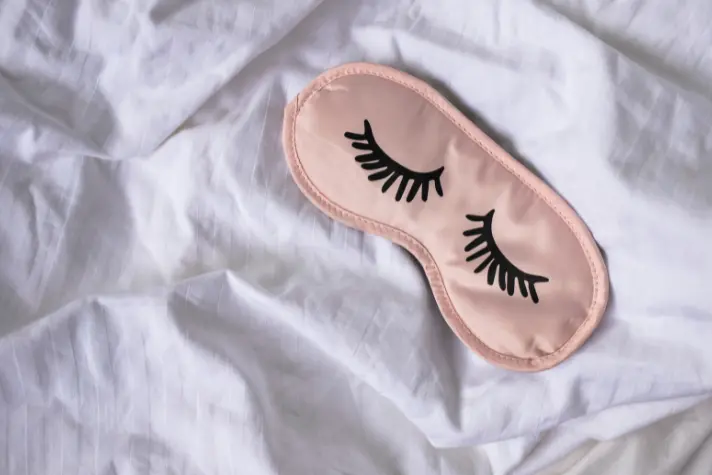
In the hustle and bustle of modern life, various factors often hinder our ability to enjoy a good night’s sleep.
From workplace stress to constant smartphone notifications, an increasing number of individuals find themselves dedicating less time to essential, restorative sleep. Shockingly, a staggering 35.2% of American adults are consistently falling short of their daily sleep requirements.
When the issue of inadequate rest persists, it leads to the accumulation of sleep debt, triggering a cascade of mental and physical health consequences. This, in turn, can affect one’s performance at work, potentially impacting long-term career and financial goals.
In the following sections, we will delve into the concept of sleep debt, its associated problems, and practical approaches to enhancing the quality of your sleep.
Understanding Sleep Debt: Impact on Health and Performance
Defining sleep debt: Essentially, sleep debt represents the disparity between the amount of sleep individuals should ideally be getting and the amount they obtain.
This cumulative difference signifies that the less sleep one gets over time, the more significant their total sleep debt becomes.
Insufficient sleep manifests in various ways, including persistent fatigue, difficulty maintaining focus and efficiency, and challenges in processing and storing information in the brain.
Health Risks Associated with Prolonged Sleep Deprivation
Individuals experiencing prolonged sleep deprivation face an elevated risk of health conditions such as diabetes, hypertension, stroke, and heart disease.
These adverse effects result from the role of quality sleep in healing and rejuvenating the heart and blood vessels throughout the body.
Moreover, continual sleep deprivation is linked to compromised immune function and an increased susceptibility to mental health issues like anxiety and depression.
Addressing Sleep Debt: Practical Approaches for Better Sleep
Despite the challenges presented by modern living, adopting healthier sleep habits is possible. An initial step could involve evaluating your bed—discomfort or unsuitability may be contributing to restless nights.
Fortunately, there’s a broad range of affordable mattresses for sale, allowing you to find one that aligns with your preferred firmness, softness, and additional features like temperature control to facilitate easier and more sustained sleep.
Incorporating Healthier Sleep Habits into Modern Living
Optimizing your sleeping environment is another effective way to enhance sleep quality. Factors such as proper ventilation, temperature, and ambient light levels play crucial roles in fostering sound sleep.
Implementing measures like minimizing noise and light, adjusting the temperature setting, and eliminating distractions—such as a TV—from the bedroom can significantly contribute to creating an ideal sleep environment.
Conclusion: Taking Steps Towards a Healthier Sleep Routine
These recommendations serve as a starting point for reducing your sleep debt and cultivating better sleep hygiene. For additional insights and examples, please refer to the accompanying resource.
About The Author:
Troy Simmons is General Manager at Bel Furniture, a leading furniture and mattress retailer. Simmons is a local Texan who has over 20 years of experience in the furniture business.
Infographic provided by Bel Furniture, mattress stores in Texas.

![[Infographic] Love & Debt Infographic](https://www.safeandhealthylife.com/wp-content/uploads/2017/03/Infographic.png)
![[Infographic] Exploring The Link Between Behavioral & Physical Health Behavioral & Physical Health](https://www.safeandhealthylife.com/wp-content/uploads/2023/10/Behavioral-Physical-Health-150x150.webp)
![[Infographic] Exploring the Therapeutic Uses of Botox Exploring the Therapeutic Uses of Botox](https://www.safeandhealthylife.com/wp-content/uploads/2024/04/Therapeutic-Uses-of-Botox-150x150.webp)
